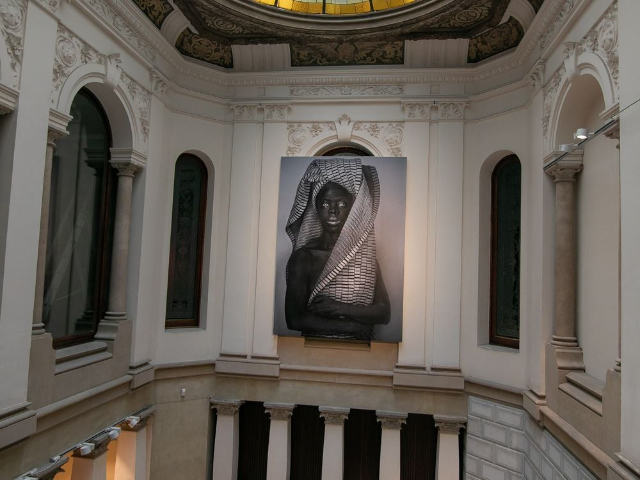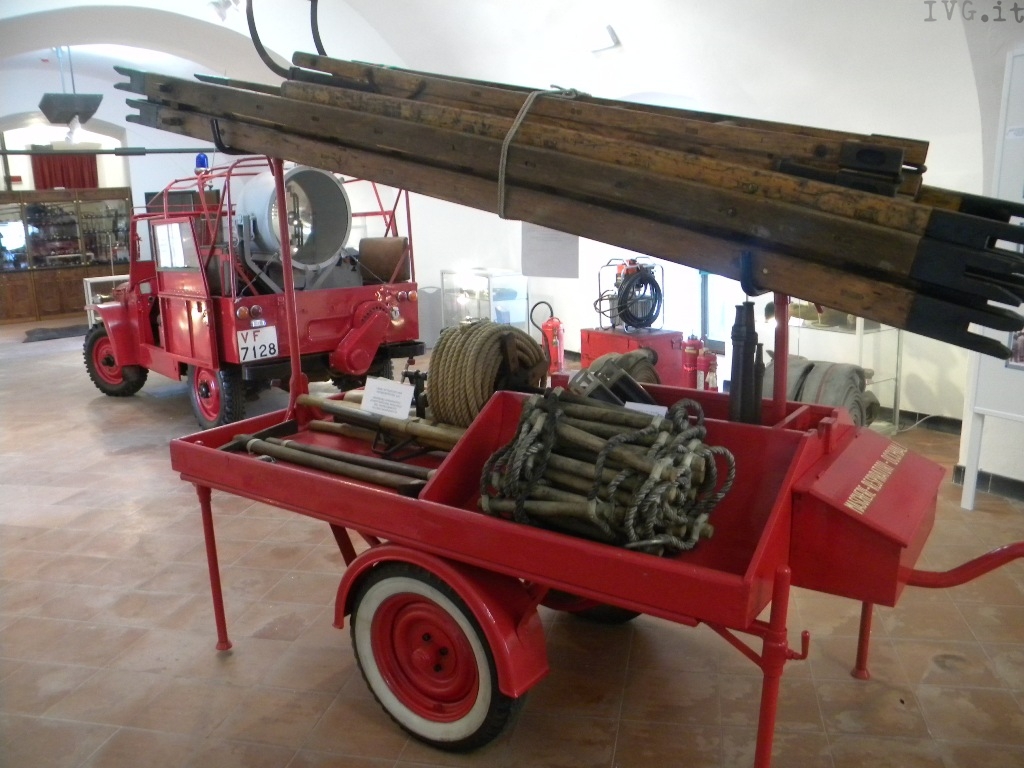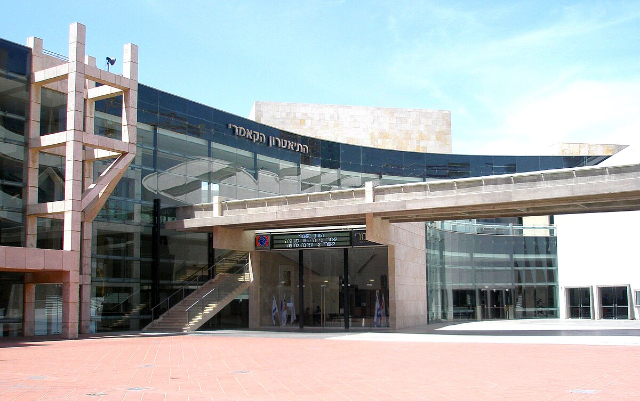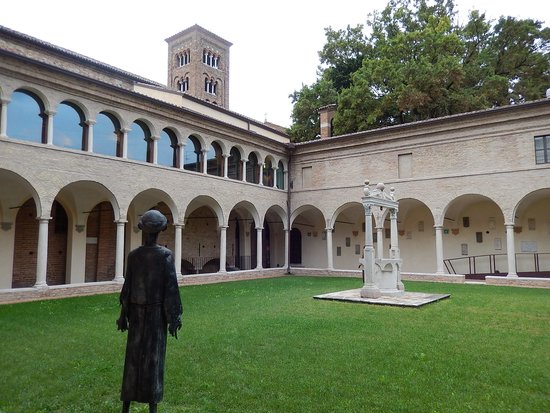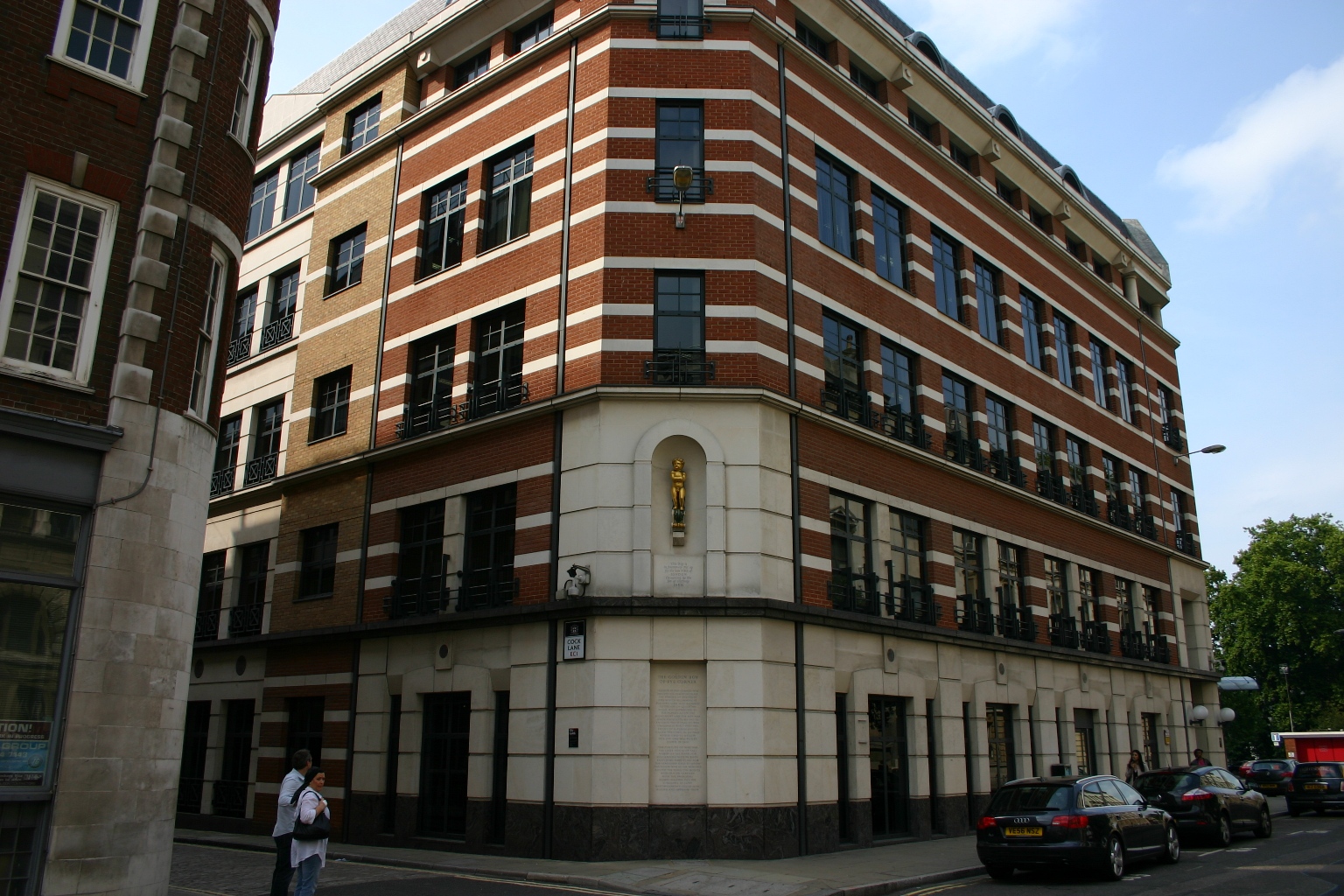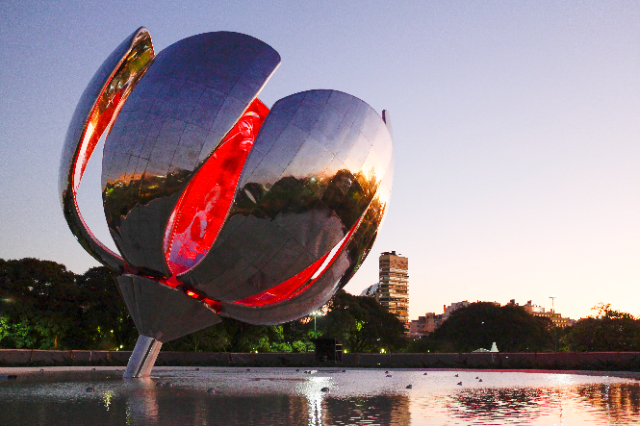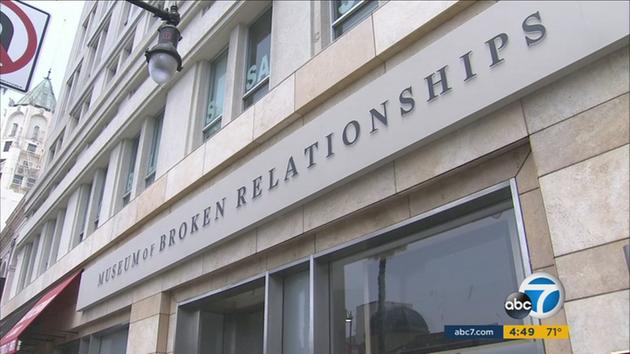The Museum of Forbidden Art, which recently opened its doors in Barcelona, Spain, offers a unique collection of 42 artworks that have been banned, assaulted, or removed from exhibitions worldwide. Curated by Catalan businessman Tatxo Benet, the collection features works from renowned artists like Francisco de Goya, Andy Warhol, and Ai Weiwei, spread across two floors of the museum.
The museum aims to showcase art that has been censored rather than works that are merely controversial. “We show works in the museum that have been censored, assaulted, violated, banned. Works that have a history behind them, without that history they wouldn’t be here,” Benet told AFP. The art pieces range in subject matter, from religion—like Jani Leinonen’s “McJesus,” depicting a crucified Ronald McDonald—to political issues, such as sketches by former prisoners at the U.S. naval base at Guantanamo Bay.
Notably, the collection started in 2018 when Benet purchased “Political Prisoners in Contemporary Spain,” an installation that was pulled from a Madrid art fair just two hours after its acquisition. This piece now resides in another museum in the Catalan city of Lleida. Benet emphasizes that any artist who is prevented from showing their work due to censorship will always have a place in his museum.
The Museum of Forbidden Art has already captivated visitors with its intriguing and provocative artworks, causing them to question the boundaries of art and censorship. It offers a vital space for artworks that have been marginalized or silenced, allowing audiences to engage with the societal taboos and political complexities that led to their censorship. As visitor Montserrat Izquierdo noted, “it is good to be able to see what is forbidden, what you are not allowed to see normally.”

